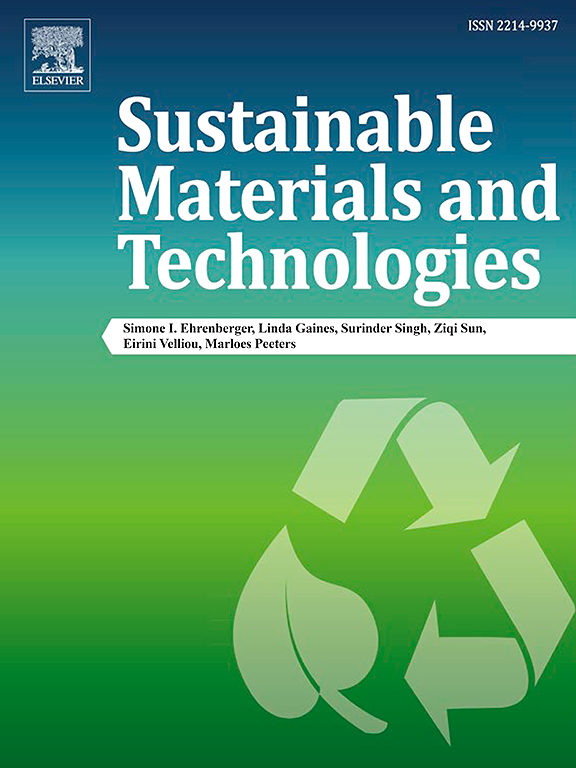Transparent superhydrophilic cellulose-based coating with anti-fogging, anti-biofouling and oil/water separation properties
IF 8.6
2区 工程技术
Q1 ENERGY & FUELS
引用次数: 0
Abstract
It is a huge challenge to design multifunctional superhydrophilic coatings by bio-based raw materials and low carbon emissions in full life cycle. As a green, hydrophilic, low-cost material, cellulose has irreplaceable advantages in the preparation of sustainable superhydrophilic coatings. Here, a novel and large-scale transparent saxifrages-biomimetic superhydrophilic cellulose-based coating (SES) was fabricated by one-step method through blending semi-wet maleic anhydride esterified cellulose (EC) modified cellulose with waterborne styrene-acrylate latex (SAL) and sodium dodecyl sulfate (SDS). The EC was chosen as fillers because of its smallest particle size and the best dispersion of cellulose in waterborne latex. With the addition of SDS, affected by polarity, the hydrophilic head group orientally arranges the cellulose to form a saxifrage-like structure on the surface of coating. The obtained superhydrophilic coating with a static water contact angle of 0° and a waterborne oil contact angle of 157.1°, and the coating remained in a superhydrophilic state after 600 times of wear resistance cycle test. The SES coatings have excellent performance in anti-fogging, biological anti-fouling and oil-water separation, this is due to the synergy effects of the micro-nano scale roughness, high surface energy and hydrophilic group of coating film. The life cycle assessment (LCA) analysis of saxifrages-biomimetic SES superhydrophilic coating proved that the cellulose-based coatings were low-cost, easily prepared, and non-pollution, reducing carbon emission.
求助全文
约1分钟内获得全文
求助全文
来源期刊

Sustainable Materials and Technologies
Energy-Renewable Energy, Sustainability and the Environment
CiteScore
13.40
自引率
4.20%
发文量
158
审稿时长
45 days
期刊介绍:
Sustainable Materials and Technologies (SM&T), an international, cross-disciplinary, fully open access journal published by Elsevier, focuses on original full-length research articles and reviews. It covers applied or fundamental science of nano-, micro-, meso-, and macro-scale aspects of materials and technologies for sustainable development. SM&T gives special attention to contributions that bridge the knowledge gap between materials and system designs.
 求助内容:
求助内容: 应助结果提醒方式:
应助结果提醒方式:


